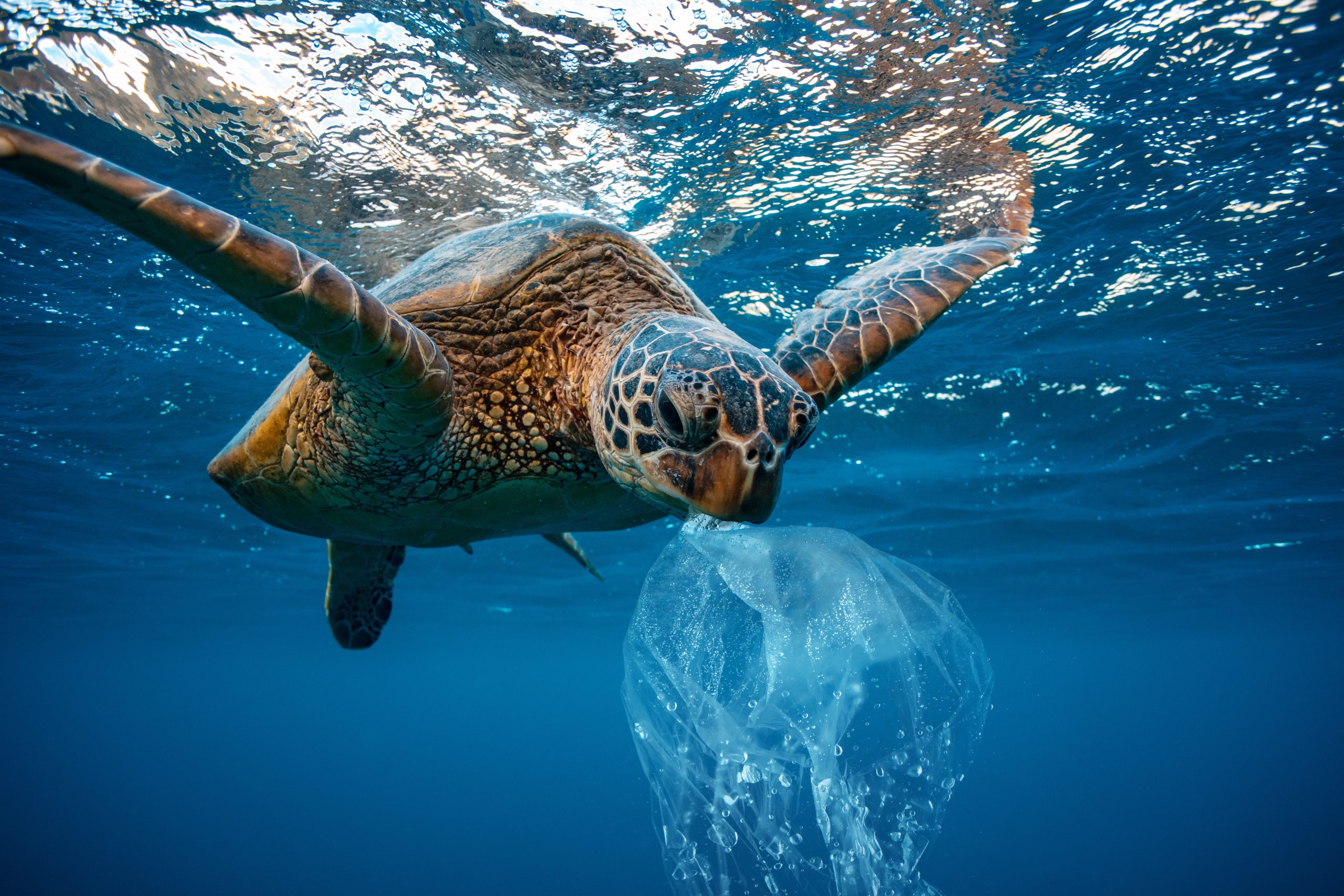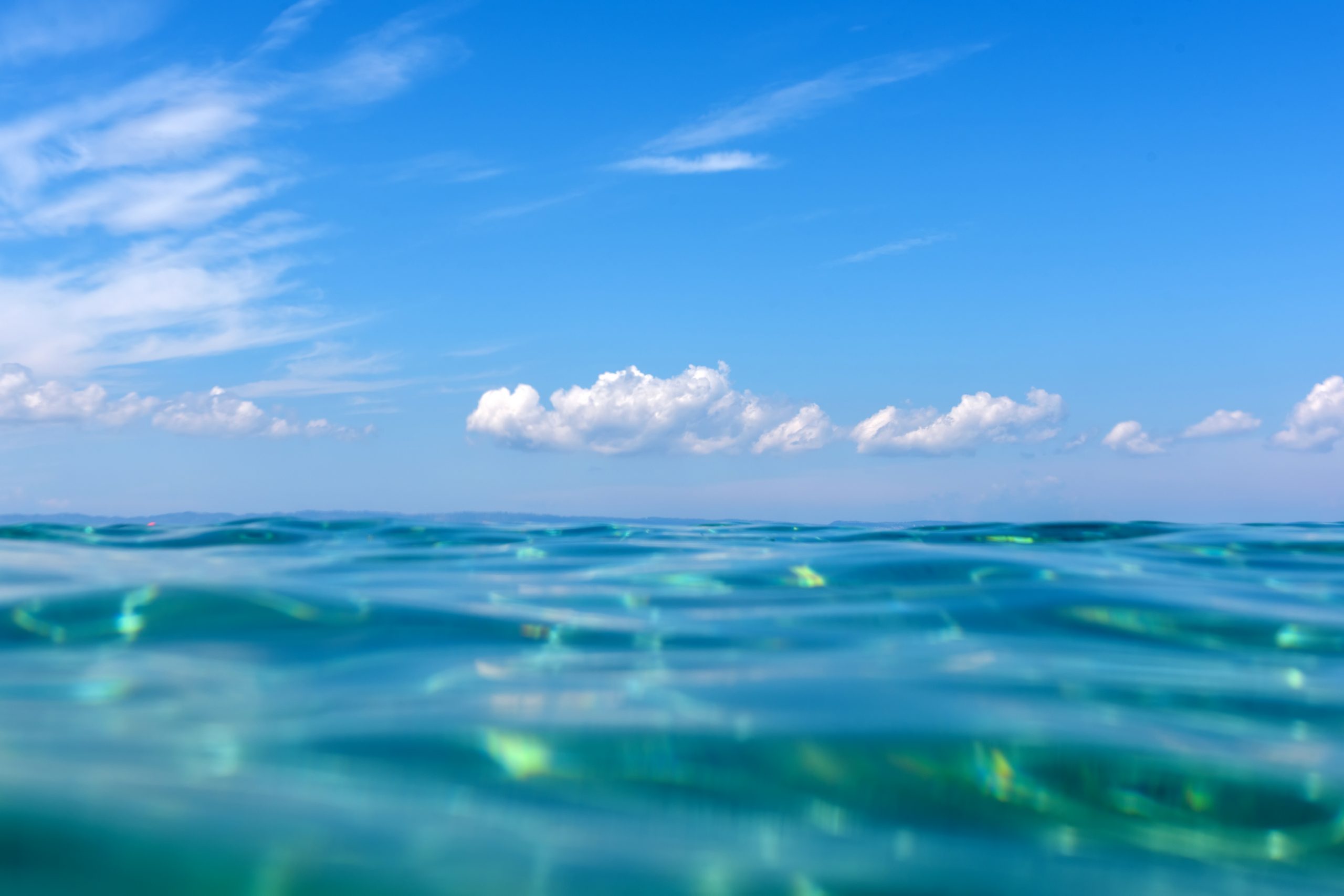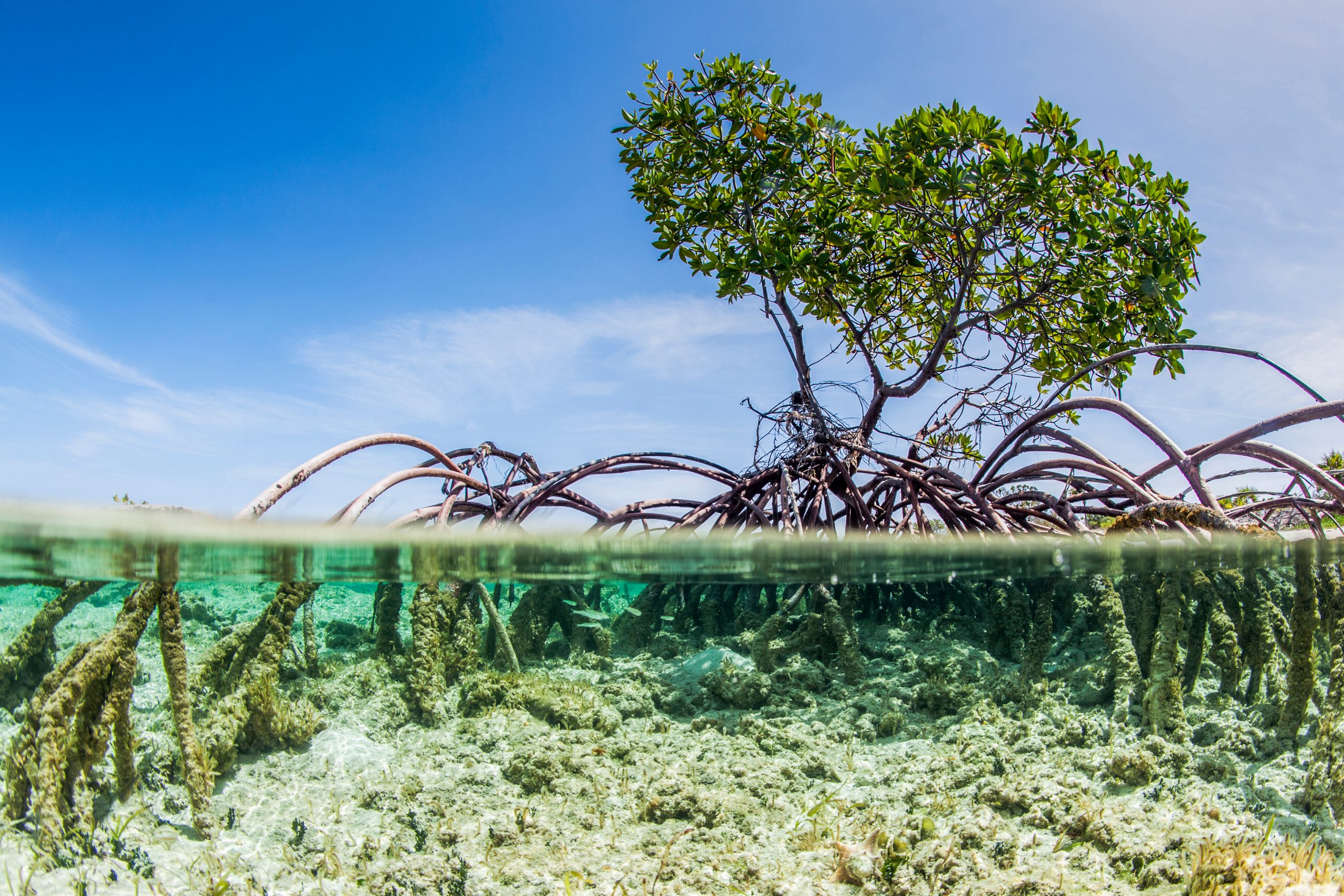
Ocean Health
We cannot have healthy people and a healthy planet without a healthy ocean. The pressures are intense, but recovery is possible.
The ocean is critical for the global climate system and planetary health. It has absorbed 25% of all carbon dioxide (CO2) emissions and captured 90% of the additional heat generated from greenhouse gas emissions, but it is now warming and acidifying. The global community must act urgently to reduce greenhouse gas emissions, prevent biodiversity loss, restore and protect coastal and marine ecosystems, reduce pollution and take a precautionary approach to economic activity on the ocean floor.

The health of the ocean, and the livelihoods and economies that depend on it, requires the world to urgently reduce greenhouse gas emissions in line with the goals of the Paris Agreement.

A sustainable ocean-based economy can play an essential role in this much needed emissions reduction, while providing jobs, supporting food security, sustaining biological diversity and enhancing resilience.
Ocean-based climate actions can deliver up to one-fifth of the annual greenhouse gas emission reductions needed by 2050 to limit warming to 1.5°C.
Ambitious climate action has set the world on track to achieve the goals of the Paris Agreement and restore ocean health.
Establish and implement ambitious emissions reductions, covering all sectors, consistent with the Paris Agreement goal of pursuing efforts to limit global temperature increases to 1.5°C.
Implement the Ocean Panel’s Call to Ocean-Based Climate Action by scaling up investments in ocean-based renewable energy, green shipping, sustainable seafood production, nature-based solutions and carbon capture and storage in sub-seabed geological formations.
Include ocean-based climate action in reporting under the Paris Agreement.
Marine and coastal ecosystems not only sequester and store vast amounts of CO2 but also protect coasts and communities from climate impacts.

They provide food, economic, medicinal and recreation opportunities, habitat and a range of ecosystem functions to support human well-being.
An integrated approach that is climate-smart and focuses on nature-based solutions, integrating well-managed marine protected areas and other effective area-based conservation measures, alongside sustainable infrastructure development will be vital to protect coastal communities and marine habitats.
This can support increased seafood production, enable pharmaceutical innovation, enhance climate change mitigation and adaptation, and protect and restore biodiversity and cultural values.
Marine and coastal ecosystems are healthy, resilient and productive, and nature-based solutions are key elements in developing coastal infrastructure.
Halt the net loss and increase the extent and improve the condition of coastal and marine ecosystems, in particular critical ecosystems such as mangroves, seagrasses, salt marshes, kelp beds, sand dunes, reefs and deep ocean ecosystems.
Use nature-based solutions in planning and developing coastal infrastructure to reduce grey infrastructure where possible and incentivise their use to sequester and store carbon and improve coastal resilience.
Establish and effectively manage marine protected areas and other effective area-based conservation measures that conserve biodiversity while also delivering climate, food, socioeconomic and cultural benefits.
Collaborate with all relevant partners, including Indigenous Peoples, and stakeholders through relevant global and regional organisations to promote sustainable management of all marine and coastal ecosystems.
Capitalise on knowledge and spatial analysis tools to identify carbon sequestration potential and optimal locations for marine protected areas, and other effective area-based conservation measures in the development of Sustainable Ocean Plans.
The ocean has become a sink for pollutants including plastics, chemicals, nutrients and wastewater. While global awareness and action has been increasing, it has not been sufficient to prevent an increase in ocean pollution.

The response to the COVID-19 pandemic has caused a surge in production and consumption of protective equipment, much of which contains single-use plastic.
This response, although necessary, has further accentuated the need to stop waste from entering the ocean.
Efforts to combat harmful land-to-sea pollution should not be scaled back under the guise of economic recovery after the pandemic. Urgent action is needed to target the sources and management of pollution. Through the UN Environment Assembly, governments have endorsed a long-term vision of eliminating the discharge of marine litter and microplastics into the ocean.
The G20 Osaka Blue Ocean Vision and the Ocean Plastics Charter further recognise the importance of embracing a lifecycle and circular economy approach. Nutrient runoff contributes to deoxygenation of the ocean but suffers from less attention and action; it should be treated with the same level of urgency.
The connection between the land and the ocean must be understood to address systemic sources of ocean pollution.
The ocean is no longer a sink for pollution and ocean dead zones are minimised.
Incentivise the development, production and use of viable and sustainable alternatives to plastics to enable the phase out of problematic and unnecessary plastics, where warranted and where such alternatives exist.
Use financial incentives, trade opportunities and extended producer responsibility to encourage sustainable product design and promote standards to maximise reduction, reuse and recycling in pursuit of a circular economy, as well as research on new biodegradable materials that substitute plastics.
Enforce rules on waste shipments and illegal exports of plastic waste.
Promote a comprehensive life-cycle approach that includes improved waste management and innovative solutions towards reducing the discharge of marine plastic litter to zero.
Eliminate discharges of plastic litter and microplastics from sea-based sources including ships, offshore installations, and from land-based sources including ports and bridges, through stronger regulations, technology development, training programmes and capacity-building.
Eliminate ghost fishing gear through such means as reuse and retrieval, promoting gear marking and loss reporting, and supporting development of new environmentally friendly cost-effective gear.
Promote public and private awareness of and investment in sewage and waste management infrastructure in developing countries, including as a means to stop diseases.
Promote agriculture farming practices and technology that minimises the discharge of excess pesticides, fertilisers, manure and soil particles to eliminate eutrophication and ocean dead zones in coastal waters.
Implement integrated watershed management practices.
Encourage the aquaculture industry to apply best practices in order to reduce the amount of nutrient leakage in connection with feed formulation and application, and minimise the discharge of excess antibiotics.
Strengthen measures to prevent pollution from mining and offshore oil and gas activities including hazardous and noxious substance spills.



